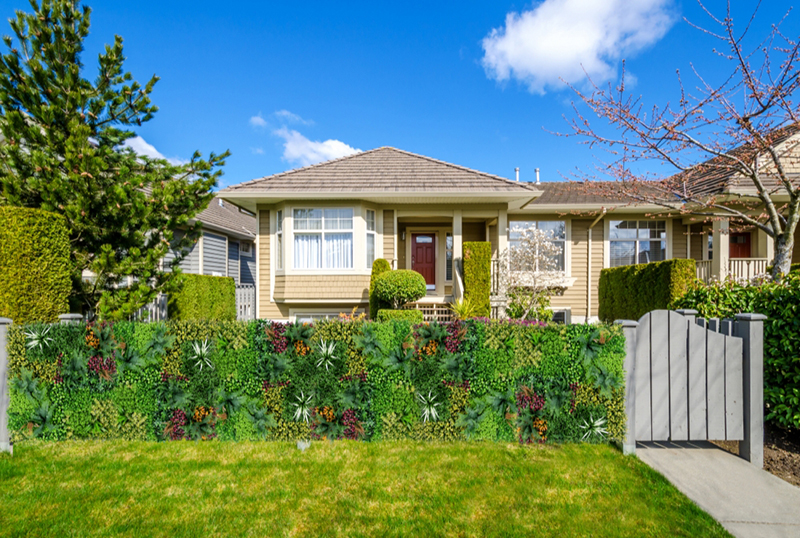Exploring the Educational Potential of 3D Artificial Vertical Gardens
3D artificial vertical gardens are transforming urban spaces by blending sustainability with aesthetic appeal. Beyond their visual and environmental benefits, these structures offer unique opportunities for educational engagement. By integrating interdisciplinary learning, they can inspire curiosity, foster creativity, and deepen understanding of ecological systems. Below are key areas where their educational value can be unlocked.

Hands-On Learning in STEM Fields
Vertical gardens serve as dynamic tools for teaching science, technology, engineering, and mathematics (STEM). Students can explore concepts like photosynthesis, water cycles, and plant biology by observing how artificial ecosystems mimic natural processes. For example, designing irrigation systems for these gardens encourages problem-solving in fluid dynamics and resource efficiency. Additionally, 3D modeling software used to plan garden layouts introduces students to digital tools for spatial reasoning and architectural design.
Engineering principles come to life as learners construct modular panels or troubleshoot structural stability. By experimenting with materials, they gain insights into sustainability challenges, such as balancing durability with eco-friendly production. These activities bridge theoretical knowledge with real-world applications, making abstract concepts tangible.
Fostering Environmental Stewardship Through Design
Artificial vertical gardens highlight the importance of sustainable design in combating urbanization’s ecological impact. Educators can use them to discuss topics like biodiversity loss, air quality improvement, and the role of green infrastructure in climate resilience. Students might analyze how garden layouts influence local microclimates or evaluate the carbon footprint of synthetic materials versus natural alternatives.
Collaborative projects, such as creating a vertical garden for a school or community center, emphasize teamwork and civic responsibility. Participants learn to advocate for green spaces by presenting their designs to stakeholders, addressing challenges like space constraints and budget limitations. This process cultivates communication skills and a sense of agency in addressing environmental issues.
Cultivating Creativity and Artistic Expression
The aesthetic flexibility of 3D vertical gardens makes them ideal for art and design education. Students can experiment with color theory, texture, and pattern by selecting plant varieties or arranging modular components. Integrating lighting or interactive elements, such as sensors that respond to movement, encourages exploration of digital art and human-centered design.
Art history lessons might involve recreating historical garden styles in a vertical format, while literature classes could use gardens as metaphors for themes like growth or interconnectedness. By treating these structures as canvases, educators can inspire innovative thinking and help students appreciate the intersection of nature and technology in modern aesthetics.
Conclusion
3D artificial vertical gardens are more than decorative features—they are catalysts for immersive, interdisciplinary learning. From STEM experiments to sustainability advocacy and artistic exploration, their potential to educate spans diverse fields. By incorporating these structures into curricula, educators can empower students to become informed, creative, and environmentally conscious citizens.
Contact: Amy
Phone: 86-15311787313
E-mail: info@foszmac.com
Whatsapp:86-15311787313
Add: Fengtai District, Dacheng Road, No.24 Building, Room 203, Beijing, China